Understanding PMR and SMR Hard Disk Drives
- Home
- Support
- Tips Data Recovery
- Understanding PMR and SMR Hard Disk Drives
Summary
The article discusses two important technologies for data storage in hard disk drives: Perpendicular Magnetic Recording (PMR) and Shingled Magnetic Recording (SMR). It explains that areal density, or the number of bits that can be stored per square inch, is a critical factor for HDD manufacturers. SMR technology allows for higher areal density and thus greater storage capacity compared to traditional PMR. The article provides an overview of these technologies and highlights their key differences.
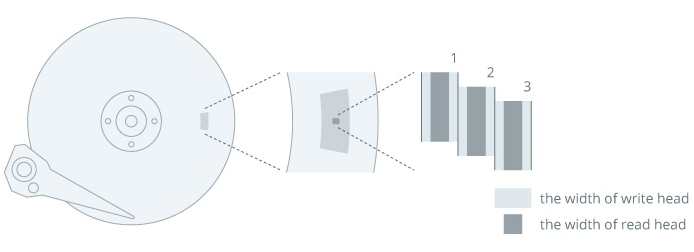

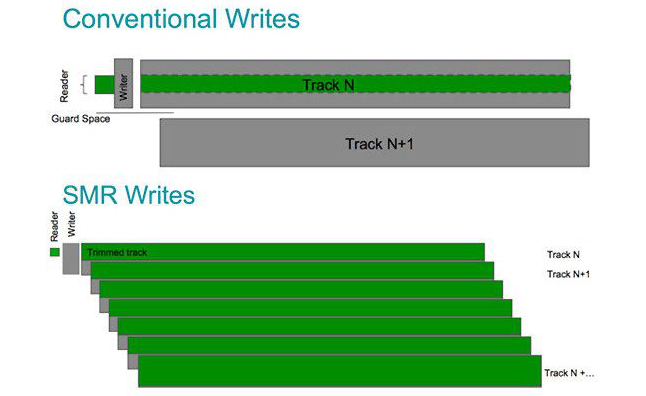

Easy to use Only simple steps to recover data from storage devices.
Multiple scan modes Fast partition scan, whole partition scan and whole disk scan for different recovery needs.
File types Support to recover pictures, videos, audios, documents, mails, etc.
Supported storage devices Recover data from recycle bin, SD card, external disk, etc.
Supported systems Windows 10, 8.1, 8, 7, Vista, XP, 2000 and Mac OS X10.6, 10.7, 10.8.
Easy to use Only simple steps to recover data from storage devices.
Multiple scan modes - 3 scan modes for different recovery needs.
Supported storage devices Recover data from recycle bin, SD card, external disk, etc.
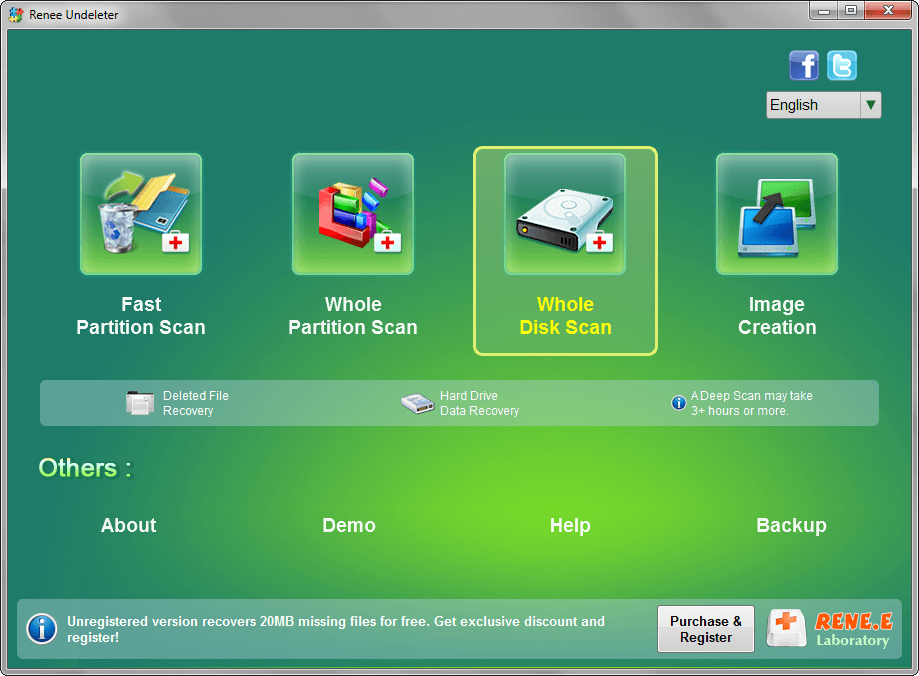
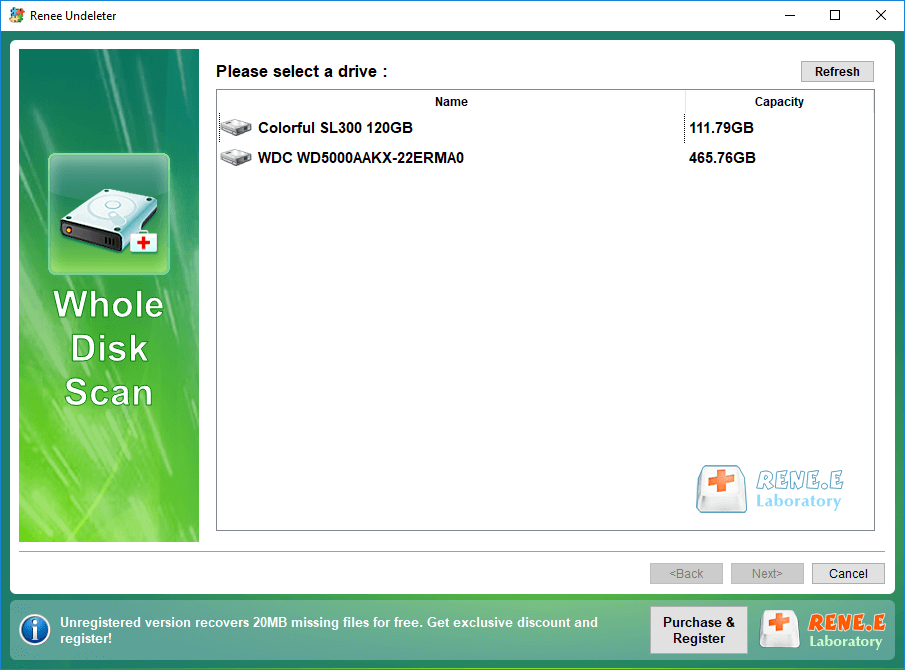

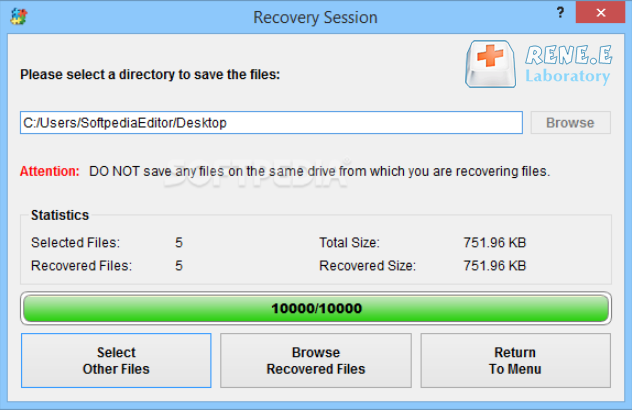
Relate Links :
Choosing the Right Western Digital (WD) Hard Disk: An In-Depth Guide
22-08-2024
Ashley S. Miller : The article provides a comprehensive guide on selecting the appropriate Western Digital (WD) hard disk for mass storage...




